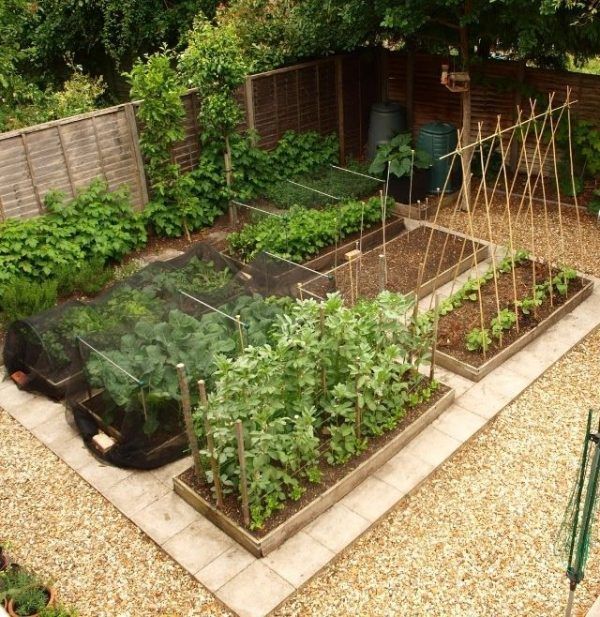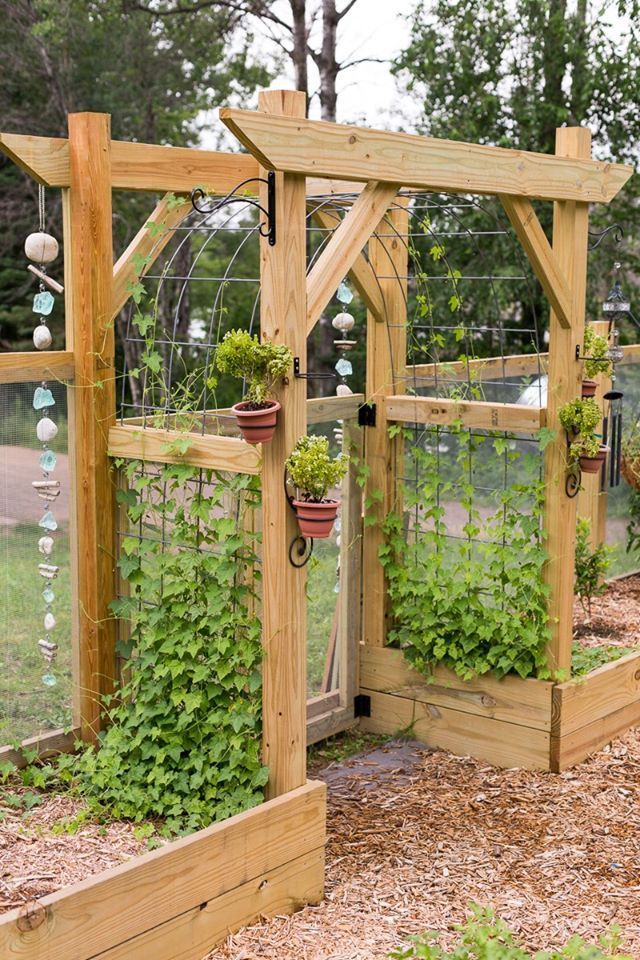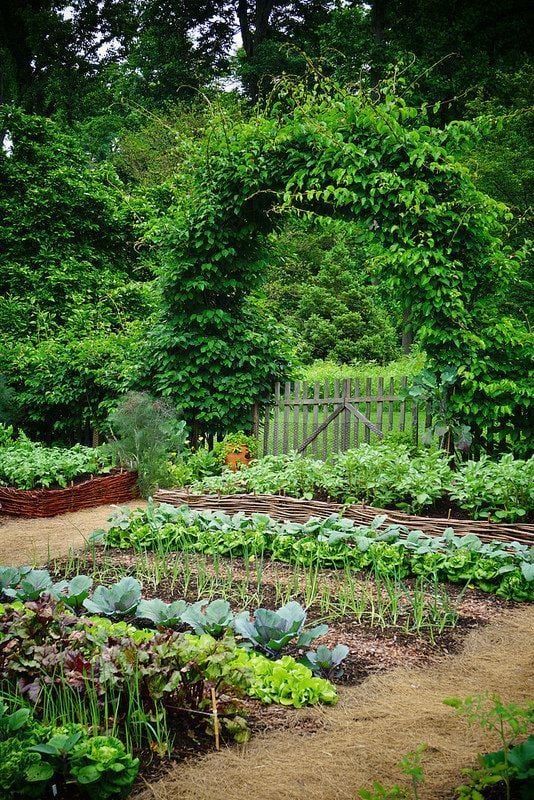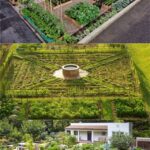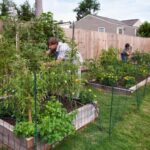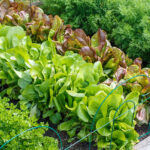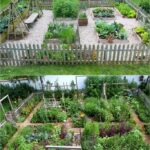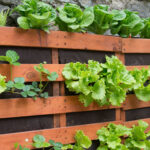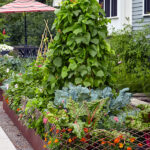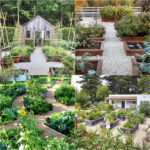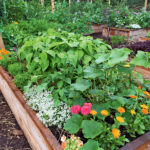When planning a vegetable garden design layout, there are several key factors to consider in order to maximize space and ensure a successful harvest. One important aspect to keep in mind is the amount of sunlight each area of your garden receives, as most vegetables require at least six to eight hours of sunlight per day. Take note of any areas that may be shaded or receive less sunlight and plan your garden accordingly.
Another important consideration is the size and shape of your garden beds. Raised beds are a popular choice for vegetable gardens, as they provide good drainage and make it easier to control soil quality. You can also incorporate pathways between beds to provide easy access for watering, weeding, and harvesting. Be sure to leave enough space between beds to accommodate the growth of your plants and prevent overcrowding.
When selecting vegetables to plant in your garden, it’s important to consider how much space each plant will need to grow. Some vegetables, like tomatoes and squash, require more room to spread out, while others, like carrots and radishes, can be planted closer together. Grouping plants with similar space requirements together can help you make the most of your garden space and ensure that all of your plants have room to thrive.
In addition to considering the space requirements of your plants, think about the layout of your garden in terms of crop rotation. Rotating your crops each year can help prevent soil depletion and reduce the risk of pests and diseases. Grouping plants that belong to the same family together can make it easier to rotate your crops from year to year.
When designing your vegetable garden layout, think about incorporating vertical gardening techniques to maximize space. Trellises, stakes, and cages can be used to support vining plants like cucumbers, beans, and peas, allowing you to grow more vegetables in a smaller area. Vertical gardening can also help improve air circulation and reduce the risk of disease by keeping plants off the ground.
Finally, be sure to consider the aesthetic appeal of your vegetable garden design layout. Mixing different colors, textures, and heights of plants can create a visually interesting and attractive garden. Incorporating flowers, herbs, or ornamental plants into your vegetable garden can also attract beneficial insects and pollinators, further enhancing the health and productivity of your garden. By carefully considering all of these factors when planning your vegetable garden layout, you can create a beautiful and productive space that will provide you with fresh, healthy produce to enjoy throughout the growing season.
